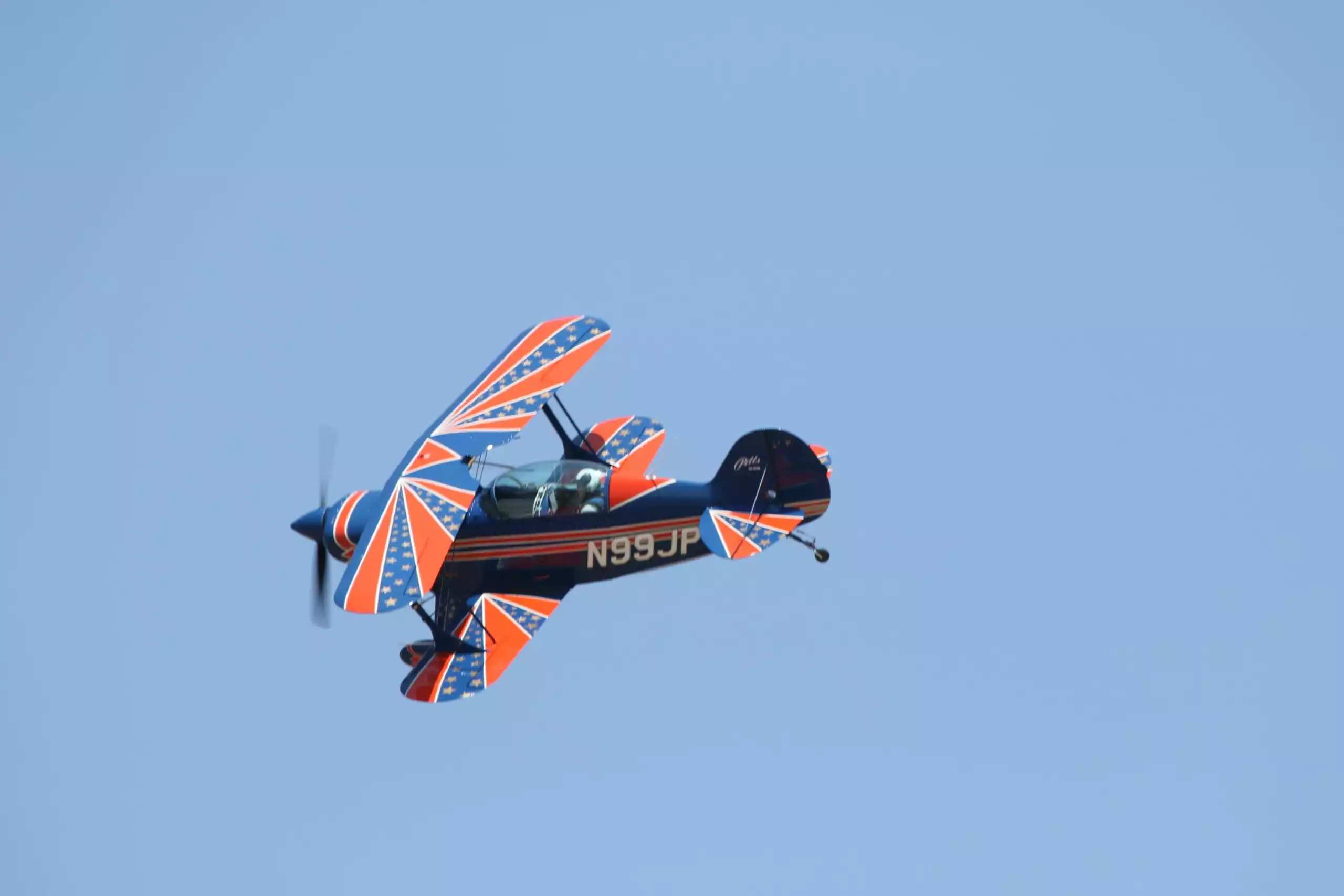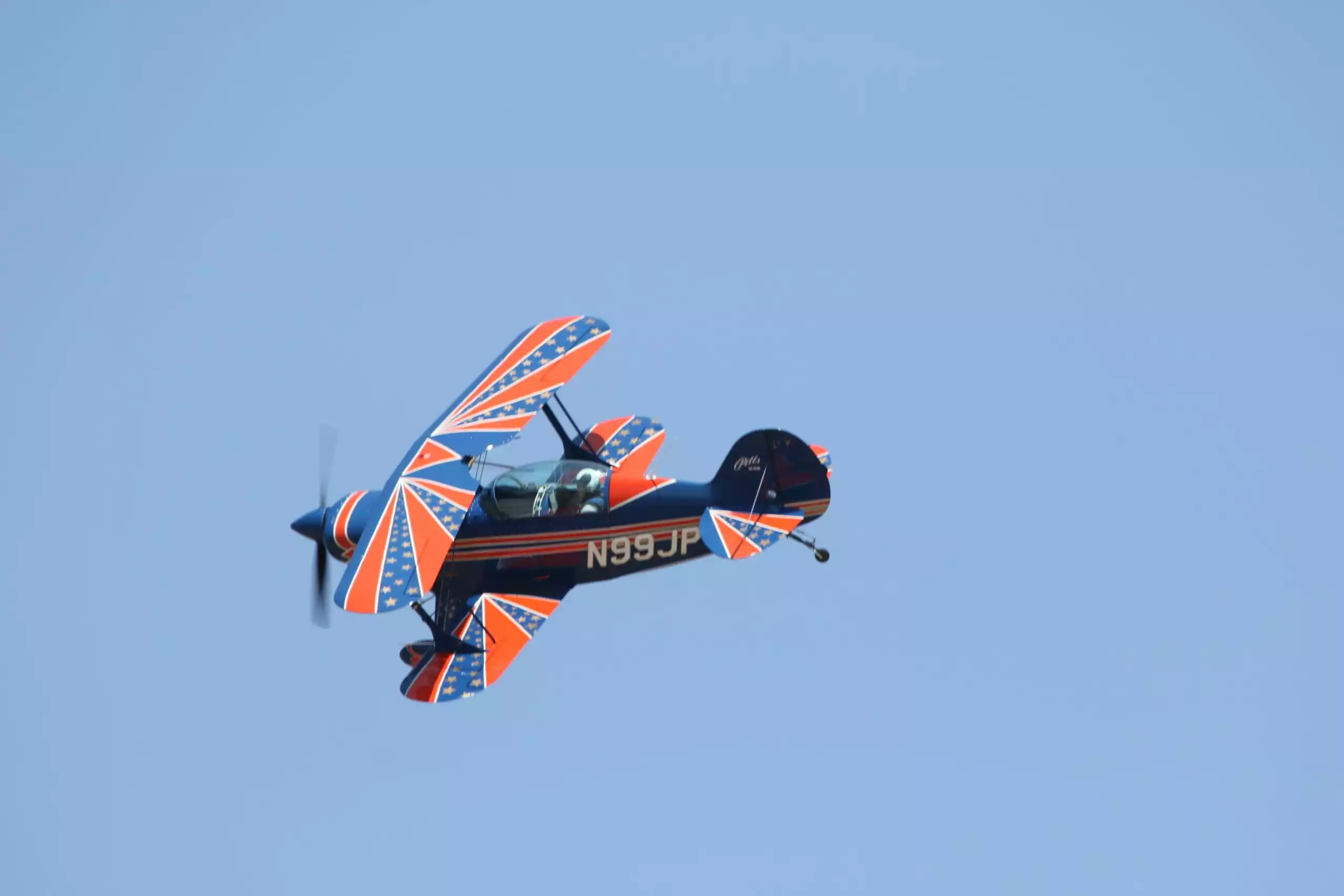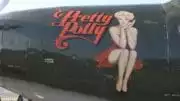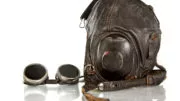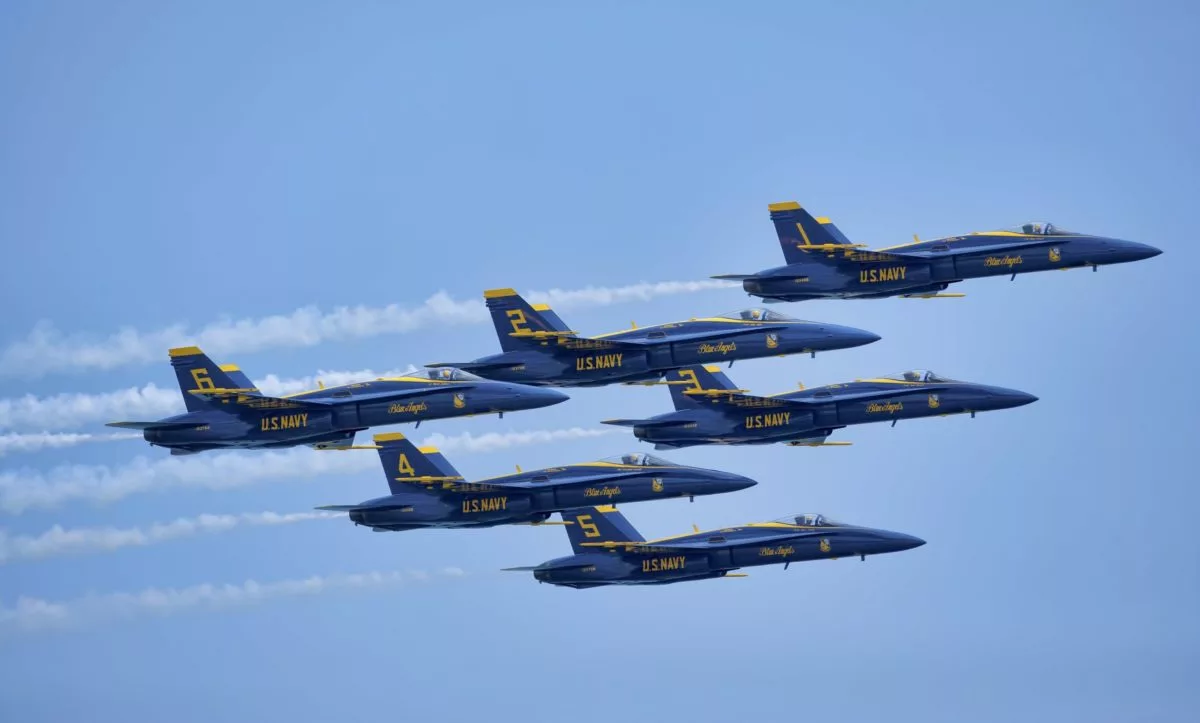The History of Air Shows
The history of air shows runs parallel to the history of aviation. Almost as soon as there were airplanes, there were special events to showcase them and the most daring maneuvers of the aviation world’s bravest and specifically trained pilots. While today we enjoy the precision flying of jet powered military fighters, the earliest air shows were simply demonstrations of this incredibly futuristic flying machine—the airplane.
Until the COVID 19 pandemic, it could almost be easy to take annual or biannual air shows for granted. After a year’s hiatus for many of them, we can more than ever appreciate the ability to gather and continue the tradition of looking up to the sky for inspiration and entertainment.
Early Years History
Air shows might be dated back to fairs and scientific displays featuring hot air balloons, gliders, zeppelins, airships, and early concept helicopters. These were soon applied to warfare, but weren’t often experienced by the general public. This began to change in 1903, after the Wright Brothers’ first flight in the Wright Flyer. What was initially considered a stunt quickly became a form of transport, as well as a weapon as World War I unfolded. Future British Prime Minister Winston Churchill took flying lessons during World War I and happily took to the sky to make discovery visits to France across the English Channel, much to his wife’s dismay.
This rapid advancement was possible in part because the Wright Brothers remained intensely involved in aviation. The Wrights began training a crew of pilots to advertise their invention around the United States and continued to perfect and improve on the design of their aircraft, the first iteration of which was admittedly unwieldy and difficult to control. Wilbur Wright flew around the Statue of Liberty in 1909, and amateur pilots were working on their own designs and flight training. All of this was taking place with Charles Lindbergh’s initial solo flight across the Atlantic still almost twenty years in the future.
History of The Rheims Aviation Meeting
In a world in which most of the human population still used horses and carts or carriages to travel long distances, air shows were beginning to blossom. The first “official” air show or aviation meeting took place at the end of August of 1909 in France. Known as the Rheims Aviation Meeting, the Grand Semaine d’Aviation de la Champagne lasted a week and not only presented a display of airplanes, it mounted contests for pilots. Although the first flight took place in the United States, France made major contributions to the early history of aviation; the first air show is just one of them.
To fully appreciate just how quickly aviation was developing, earlier in the year there were no official airplanes in England, and not so long before the event, the entire planet contained somewhere between 50 and 60 airplanes. Aviation was cementing itself as it grew, and an air show was a public and popular way to do so. With large established airports still in the future, the Grand Semaine d’Aviation de la Champagne took place at a horse racing track.
The event included competitions for the first international speed course, still a staple of some current air shows. Thirty five hangars were constructed to welcome the world, for pilots from five different countries promised to attend. Other features offered prizes for the longest flights, as well as the highest and the airplane which could carry the largest number of passengers (probably the precursor of most cramped regional airline cabins.) As a nod to the past, the contest also included an entry for the fastest dirigible balloon. The “Air Meeting” was a booming success, with thousands of spectators and new fans camped out in tents to watch the proceedings.
Post World War I
Pilots used to perform at “travelling air shows,” also called circuses. This was a matter of not only developing aviation after the war, but a means of giving brave and battle-tested war pilots a means of keeping their skills sharp. One stunt found three pilots tying their airplanes together with ropes. At these events, pilots and mechanics taught those who were interested more about the nuts and bolts of aviation. Barnstormers who nestled airplanes with horses and hay inspired the likes of Amelia Earhart and future Mercury astronaut Gordon Cooper.
These events were small and bounded from town to town. Wing walkers began to develop acts along with the pilots and certain maneuvers were staged for film. Air races took place along with pilots selling rides to citizens in the very airplanes they’d just seen soaring overhead.
Modern Air Shows
The advent of World War II saw rationing of fuel, tires, and aluminum, so there was little to no spare parts for air shows. With the Second World War a truly airplane-integrated fight, air shows weren’t necessary in places where people blacked out their windows at night for fear of aerial attack.
Today, air shows combine an appreciation for the past of aviation with advertisement for the best of the jet age. Tip of the spear jet fighter squadrons such as the Blue Angels and Thunderbirds provide demonstrations that seem to push the laws of physics, while at the same time aircraft from the Vietnam and Korean Wars chug past in review. Modern air shows often also include smaller single seat airplanes or even biplanes that mimic those flown by the earliest air show pilots.
Modern air shows are not just places to celebrate the history and advent of flight, but an arena for pilots, aviators, and engineers to gather and continue a tradition that has lasted well over a century. Air shows also attract aviation-related sponsors, exhibitors, speakers, and even crafters, allowing the community to come together and celebrate a common interest.
While air shows that tend to take place in the early spring have already been cancelled in some areas for 2021, the calendars of later airshows are slowly filling as more and more vaccines are distributed. Aerobatic performances, flyovers, and even races are returning to the skies along with increased passenger airline traffic.
Ready to Soar with Us?

